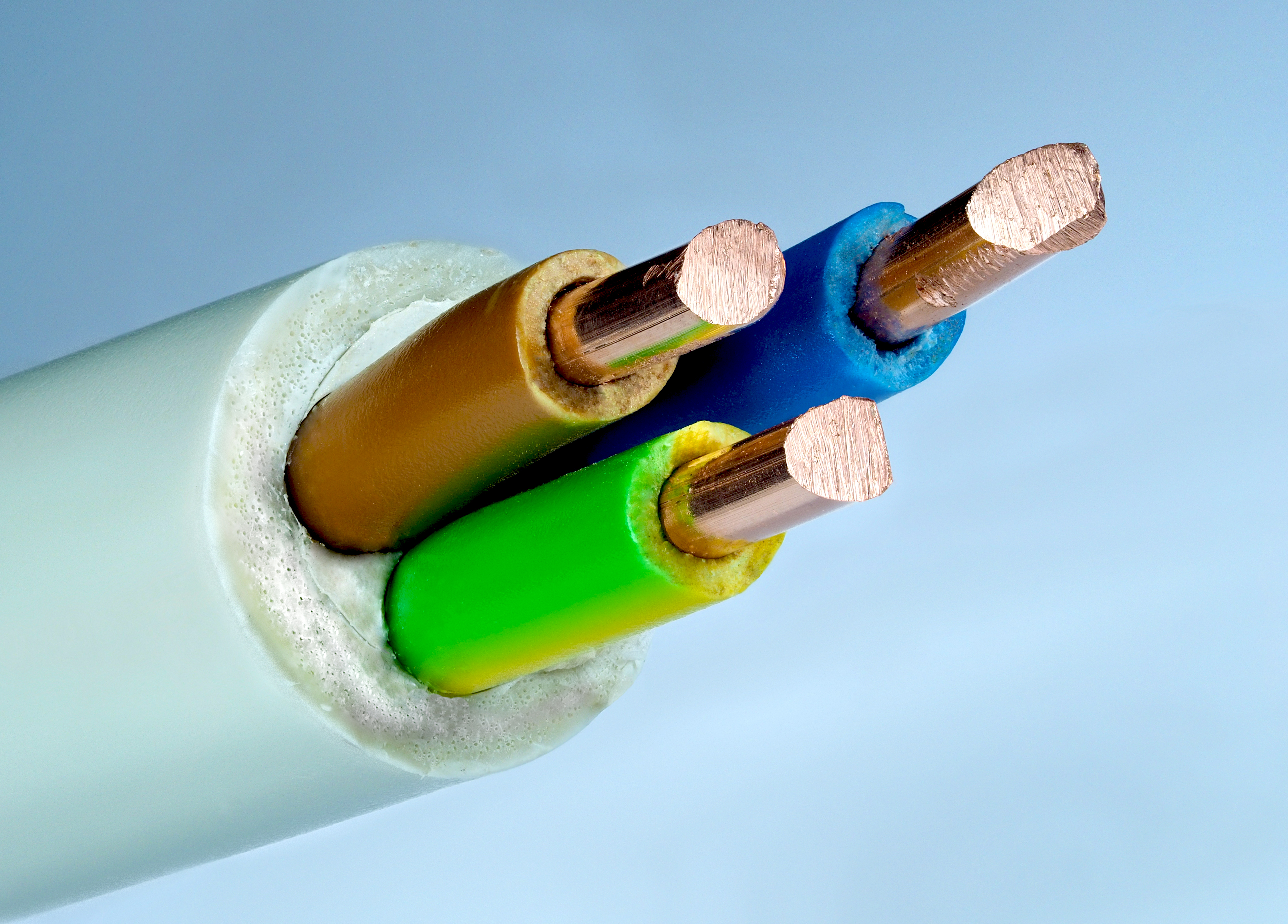 You may have heard of copper and fibre optic data cabling, but that doesn’t mean you know what it is. It can be a very complex task, which is why we suggest contacting a professional to have cables correctly installed.
You may have heard of copper and fibre optic data cabling, but that doesn’t mean you know what it is. It can be a very complex task, which is why we suggest contacting a professional to have cables correctly installed.
The application of data cabling is vital for business, the government and schools infrastructure to be successful.
There are two main types of network cabling, which are copper and fibre optic.
Copper data cabling
These wiring systems are divided into categories by cabling standards. Bandwidth needs are used to determine customer application for each category. Click here to read benefits.
- 1 – 100MHz – Category 5E
- 1 – 250MHz – Category 6
- 1 – 500MHz – Category 6A
- 1 – 600MHz – Category 7 (ISO)
- 1 – 1000 MHz – Category 7A (ISO)
Fibre optic
Fibre optic cabling features thin, glass cores with laser light pulses being transmitted. This type of data cabling has many benefits, but the best is that it allows signals to be transmitted much faster over greater distances compared to copper cabling.
Read more information about the fibre optic installation process.
Fibre optic cabling is far smaller than copper cabling and is less likely to have interferences with a lower transmission loss.
Get in touch with us to explain how your business infrastructure has changed since having an engineer properly install your data cabling.